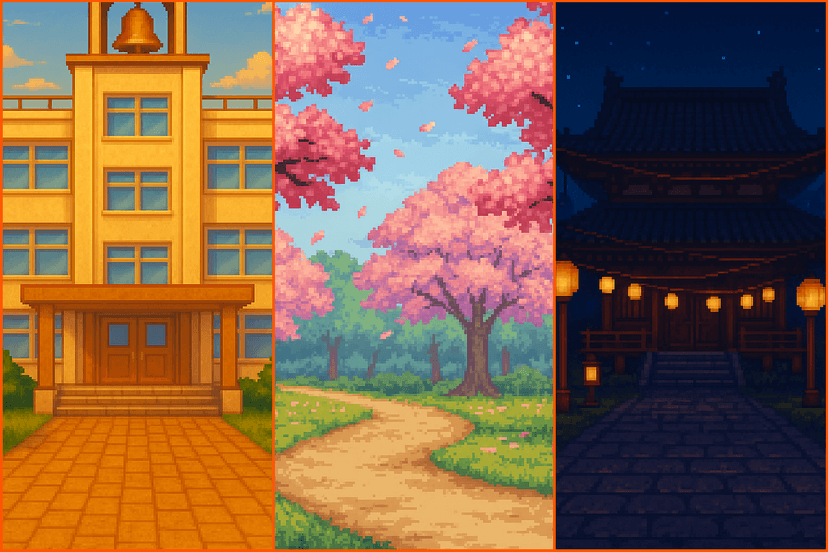Big dreams don't always come with big budgets. When we set out to make Daydream Hero, we had to find ways to turn limited resources into something that still felt polished, immersive, and fun.
💡 Constraints Spark Creativity
Working as an indie team means making tough decisions. Every feature, asset, and tool has to justify its place—not just for gameplay, but for time and cost. Instead of seeing that as a setback, we treated it as a creative challenge: How do we deliver maximum impact with minimal resources? This mindset shaped everything, from how we designed environments to how we approached visual effects. We realized that constraints can fuel innovation—they force you to focus on what really matters to the player.
⚙️ Choosing the Right Tools
When you're building on a budget, the tools you choose can make or break development. We knew we couldn't afford to waste time reinventing systems that already worked, so we leaned into frameworks and techniques that gave us both speed and flexibility.
- •React Native / Expo — developing cross-platform meant we could reach iOS and Android without maintaining two separate codebases. This saved months of work.
- •Frame-Based Animation — instead of costly 3D rigs or overly complex pipelines, we used sprite sheets for characters and mobs. This gave us expressive animations while keeping performance sharp.
- •Lightweight Systems — instead of heavy optimizations like object pooling, we embraced randomness in spawns and behaviors. This gave mobs and encounters a more unpredictable, dreamlike feel—keeping runs exciting and different each time.
These decisions weren't just about efficiency—they were about survival as an indie team. By leaning on proven tools and simple but intentional design choices, we bought ourselves more time to focus on what players actually care about: the dreamscapes and the gameplay loop.
🎨 Smarter Visual Design
Making a world feel dreamy doesn't require massive budgets or endless assets—it requires intention. Our approach to visuals has always been about faking complexity while delivering clarity.
- •Seamless Background Loops — instead of huge static images, we built looping layers that give depth and motion without eating up memory.
- •Purposeful Effects — every particle or animation has a reason: blinking when hit, glowing during talents, or mobs moving faster as the dream escalates. Nothing is wasted.
- •Integrated Mobs — enemies aren't dropped randomly onto plain stages; they feel like they belong. Crows glide across the schoolyard, slimes bounce under sakura petals, gargoyles loom at shrines, and desert mobs emerge with the dunes.
By tying visuals directly to mechanics, we gave Daydream Hero a richness that feels bigger than its budget. Players don't notice what's missing—they notice that the world feels alive.
🕹️ Polishing the Core Loop
With limited resources, we couldn't build every feature all at once. That meant we had to double down on what mattered most: the moment-to-moment feel of a run. If the core loop wasn't fun, no amount of extras would save it.
- •Responsive Controls — jumps, dodges, and talents had to feel immediate. Any input delay would break immersion.
- •Clear Feedback — blinking on damage, smooth frame-based running, and mobs with accelerating animations made the game readable at any speed.
- •Motivating Progression — instead of flashy unlocks, we focused on systems that keep players returning: stars tied to milestones, daily missions, and competitive leaderboards.
By polishing these essentials, we built a foundation that can stand on its own. Even without future features, Daydream Hero already feels engaging—because the basics are solid.
📚 Lessons Learned
Working on a tight budget pushed us to think differently—and it shaped how Daydream Hero grew. Three lessons stood out:
- •Constraints breed creativity — when resources are limited, you're forced to focus on what players will actually feel and notice.
- •Polish the essentials first — responsive controls and clear feedback matter more than extra features. A smooth run beats a cluttered one every time.
- •Simplicity scales — using tools like React Native and frame-based animations gave us flexibility without overwhelming scope, letting us move fast while keeping quality high.
These lessons reminded us that building a good game isn't about doing everything—it's about doing the right things well.



